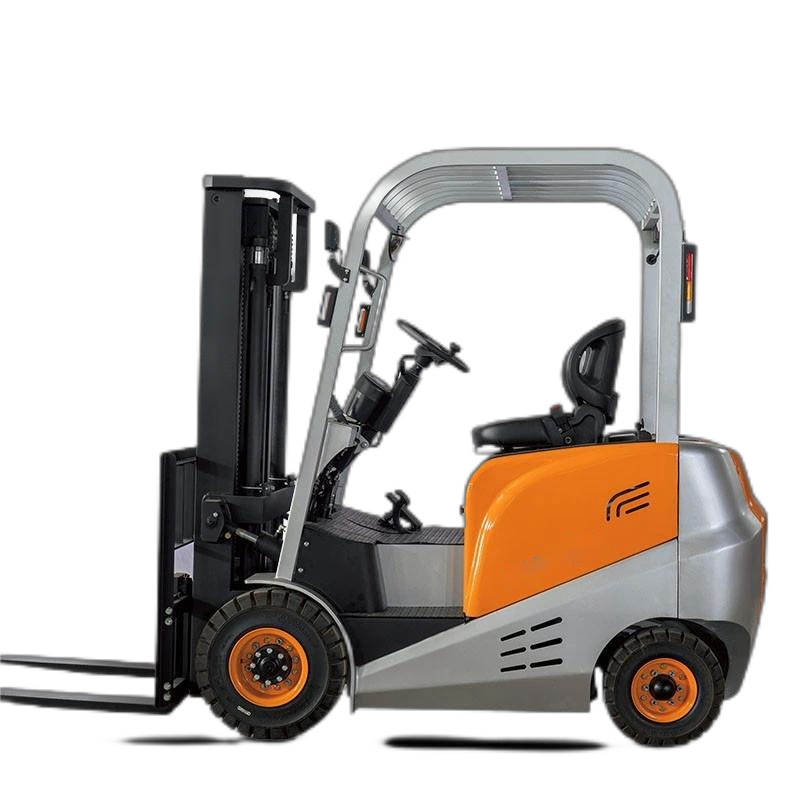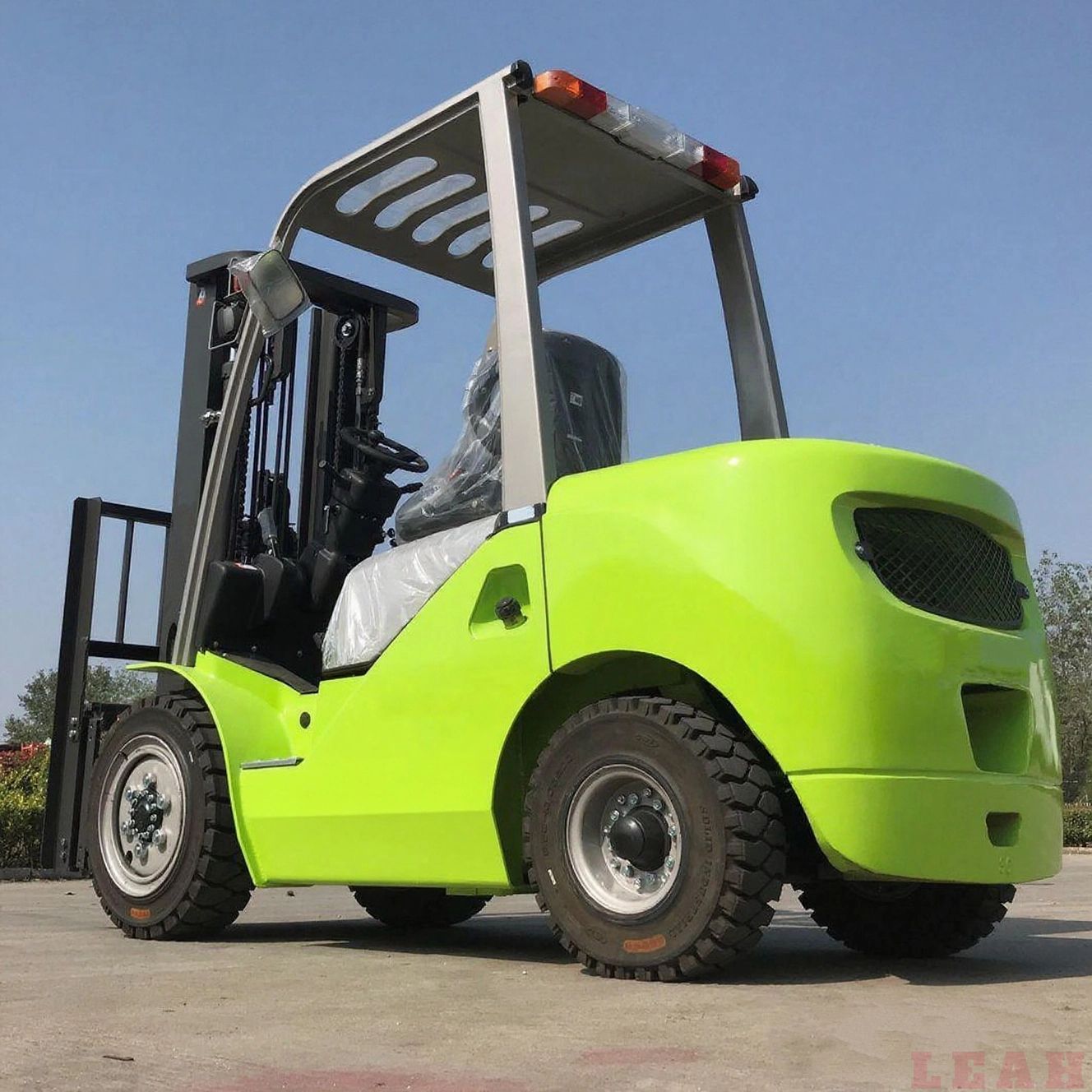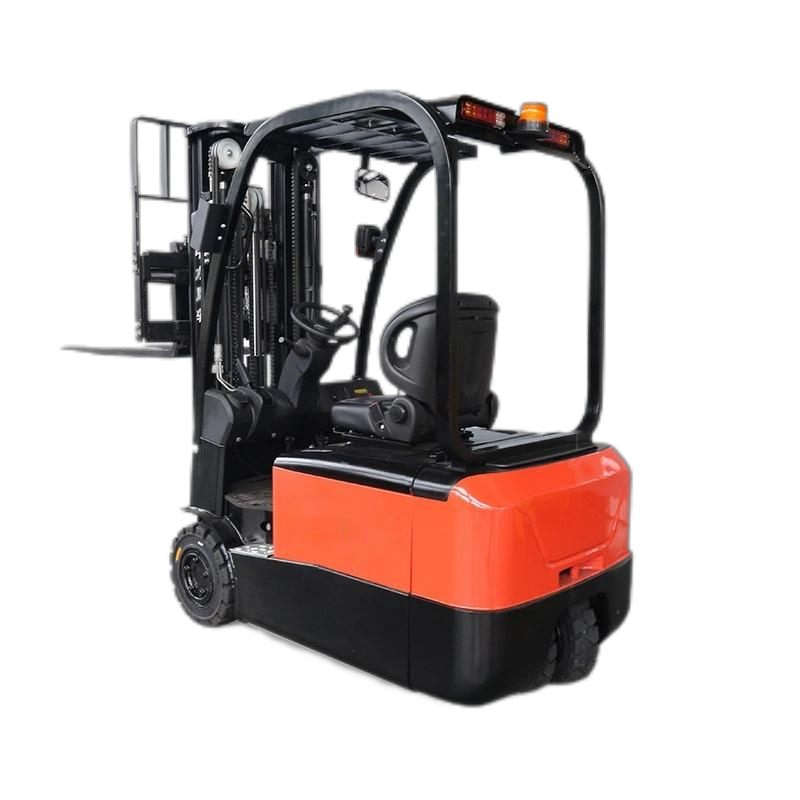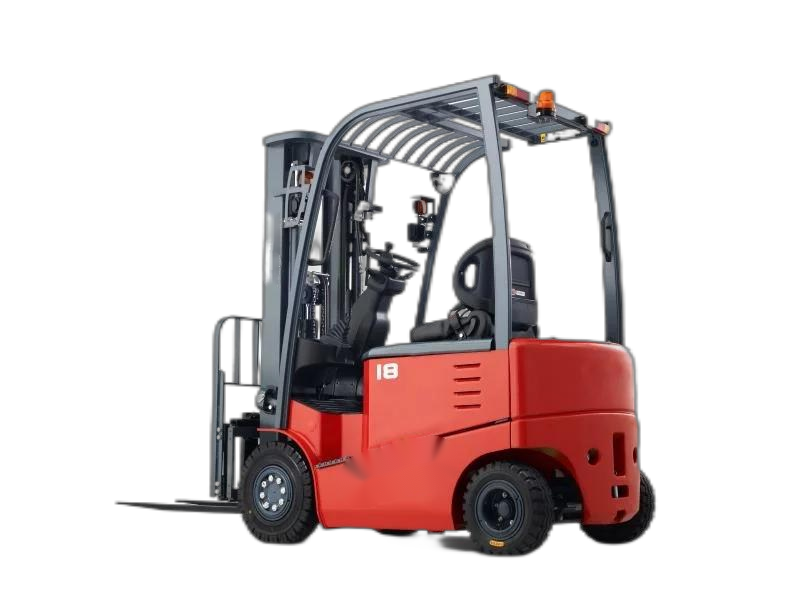Electric forklifts are widely used in modern logistics warehousing, factory workshops and other scenarios due to their advantages such as environmental friendliness and low noise. To ensure their stable performance and extend their service life, scientific and standardized maintenance is crucial. Since the power systems of electric forklifts differ from those of traditional fuel forklifts, their maintenance should focus on core components such as batteries, motors, and electronic controls, and comprehensively ensure the operation of the equipment through a combination of daily and regular maintenance.

I. Daily Maintenance
1. Battery Maintenance
Charging Management: Most electric forklifts use lead-acid batteries or lithium batteries. Lead-acid batteries should avoid over-discharging and be charged in a timely manner when the battery level drops to around 20%-30%. Lithium batteries can be charged as needed, but overcharging and over-discharging should be prevented. When charging, select a matching charger, keep the charging environment well-ventilated, and keep it away from flammable and explosive materials. After charging, check whether the battery terminals are loose or oxidized, and clean them in a timely manner if necessary.
Liquid Level Inspection: For lead-acid batteries, regularly check the electrolyte level, which should be 10-15 millimeters above the plates. If the level is insufficient, add distilled water or special lead-acid battery replenishment liquid, and never add tap water, as impurities may affect battery performance.
Appearance Cleaning: Wipe the battery surface with a damp cloth to remove dust and electrolyte residues, preventing self-discharge of the battery. At the same time, check whether the battery case is damaged or deformed, and replace it in a timely manner if there are any problems.
Liquid Level Inspection: For lead-acid batteries, regularly check the electrolyte level, which should be 10-15 millimeters above the plates. If the level is insufficient, add distilled water or special lead-acid battery replenishment liquid, and never add tap water, as impurities may affect battery performance.
Appearance Cleaning: Wipe the battery surface with a damp cloth to remove dust and electrolyte residues, preventing self-discharge of the battery. At the same time, check whether the battery case is damaged or deformed, and replace it in a timely manner if there are any problems.
2. Vehicle Appearance and Key Component Inspection
Appearance Inspection: Before daily operations, check whether the vehicle body has collision deformation or paint peeling; check whether the fork arms are bent or cracked, and whether the fork positioning pins are secure.
Tire Inspection: Measure the tire pressure to ensure it meets the standard value, check the tire wear condition and whether there are foreign objects embedded in the tread. Tires with severe wear or potential safety hazards should be replaced in a timely manner.
Hydraulic System Inspection: Observe the oil level of the hydraulic oil tank and keep it within the normal range; check whether the hydraulic pipelines and joints are leaking, and tighten or replace the seals in a timely manner if there are leaks. In addition, pay attention to the color and viscosity of the hydraulic oil. If it appears cloudy, emulsified or shows other abnormalities, replace the hydraulic oil.
Brake and Steering System Inspection: Test the stroke and braking force of the brake pedal to ensure sensitive and reliable braking; turn the steering wheel to check whether the steering system is flexible, free of jams or abnormal noises, and whether the pressure of the hydraulic power assist system is normal.
Safety Device Inspection: Confirm that safety devices such as the emergency stop button, reversing warning lights, buzzers, and lighting systems are working properly. Any malfunctioning device requires immediate repair.
Tire Inspection: Measure the tire pressure to ensure it meets the standard value, check the tire wear condition and whether there are foreign objects embedded in the tread. Tires with severe wear or potential safety hazards should be replaced in a timely manner.
Hydraulic System Inspection: Observe the oil level of the hydraulic oil tank and keep it within the normal range; check whether the hydraulic pipelines and joints are leaking, and tighten or replace the seals in a timely manner if there are leaks. In addition, pay attention to the color and viscosity of the hydraulic oil. If it appears cloudy, emulsified or shows other abnormalities, replace the hydraulic oil.
Brake and Steering System Inspection: Test the stroke and braking force of the brake pedal to ensure sensitive and reliable braking; turn the steering wheel to check whether the steering system is flexible, free of jams or abnormal noises, and whether the pressure of the hydraulic power assist system is normal.
Safety Device Inspection: Confirm that safety devices such as the emergency stop button, reversing warning lights, buzzers, and lighting systems are working properly. Any malfunctioning device requires immediate repair.
II. Regular Maintenance
1. Weekly Maintenance
Clean the dust on the surface of the motor and electronic control box to ensure good heat dissipation; check whether the motor terminal connections are loose, and tighten them in a timely manner if necessary.
Lubricate components such as the mast, chains, and pulleys with special lubricants to reduce friction and extend the service life of the components. At the same time, check the tightness of the chains and adjust it if necessary.
Lubricate components such as the mast, chains, and pulleys with special lubricants to reduce friction and extend the service life of the components. At the same time, check the tightness of the chains and adjust it if necessary.
2. Monthly Maintenance
Comprehensively inspect the electrical system, including whether the wires and cables are damaged or aged, whether the connections are secure, and whether the insulation performance is good. Clean and check the contacts of electrical components such as contactors and relays, and replace those with severe wear in a timely manner.
Replace the hydraulic oil filter element to filter out impurities in the hydraulic oil and keep the hydraulic system clean. At the same time, consider replacing the hydraulic oil according to the frequency of use and working conditions, usually every 1,000-1,500 hours.
Replace the hydraulic oil filter element to filter out impurities in the hydraulic oil and keep the hydraulic system clean. At the same time, consider replacing the hydraulic oil according to the frequency of use and working conditions, usually every 1,000-1,500 hours.
3. Quarterly Maintenance
Check the wear condition of the brake pads and replace them when the thickness is less than the specified value; bleed the brake system to ensure braking performance.
Calibrate the charging and discharging parameters of the battery, check the consistency of the battery pack, and perform equalization treatment or replacement in a timely manner for batteries with significant performance differences.
Calibrate the charging and discharging parameters of the battery, check the consistency of the battery pack, and perform equalization treatment or replacement in a timely manner for batteries with significant performance differences.
4. Annual Maintenance
Have professional technicians conduct a comprehensive and in-depth maintenance of the electric forklift, including disassembling and inspecting the internal components of the motor and electronic control system, cleaning, lubricating and calibrating them; check whether structural components such as the mast and frame are deformed or have cracked welds, and repair or reinforce them if necessary.
Conduct performance tests on the entire vehicle, such as lifting speed, traveling speed, braking distance, etc., to ensure that all performance indicators meet the standard requirements.
Conduct performance tests on the entire vehicle, such as lifting speed, traveling speed, braking distance, etc., to ensure that all performance indicators meet the standard requirements.
III. Maintenance in Special Situations
Long-term Parking: If the electric forklift needs to be parked for a long time, disconnect the negative terminal of the battery after fully charging it, and perform a supplementary charge once a month to prevent battery damage due to power loss. At the same time, park the forklift in a dry and ventilated place and place wooden blocks under the tires to avoid tire deformation.
Wading Operations: Electric forklifts should avoid driving through water. If they accidentally wade through water, stop using them immediately and check whether the motor and electronic control system have been flooded. Dry the water-affected components and have professional personnel test the insulation performance. The forklift can be restarted only after confirming that there are no problems.
Wading Operations: Electric forklifts should avoid driving through water. If they accidentally wade through water, stop using them immediately and check whether the motor and electronic control system have been flooded. Dry the water-affected components and have professional personnel test the insulation performance. The forklift can be restarted only after confirming that there are no problems.
The maintenance of electric forklifts requires strict compliance with operating specifications and attention to detail. Through scientific and reasonable maintenance, not only can the equipment failure rate be reduced, but also the operational efficiency can be improved, saving operating costs for enterprises. If problems are encountered during the maintenance process, it is recommended to contact professional after-sales personnel or manufacturer technical support in a timely manner.








